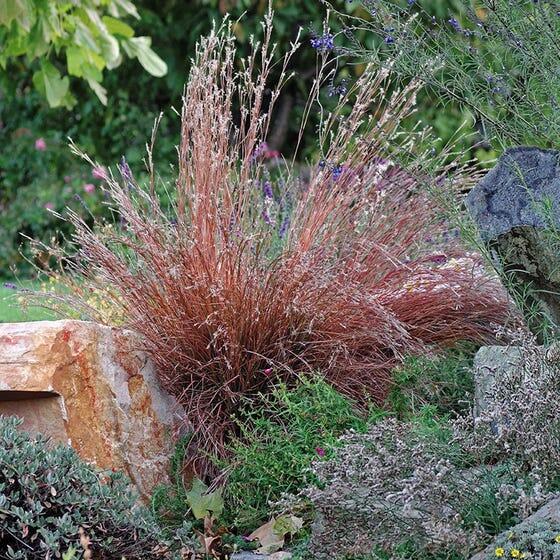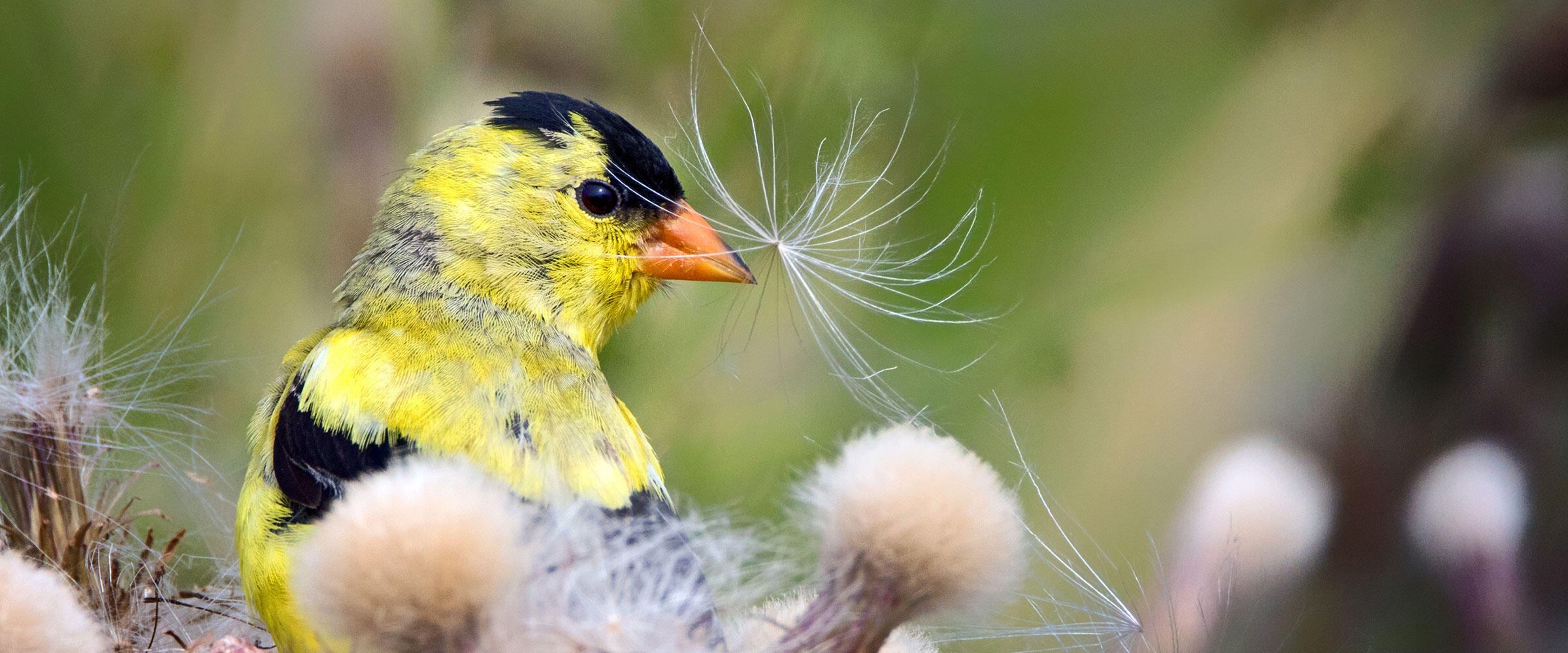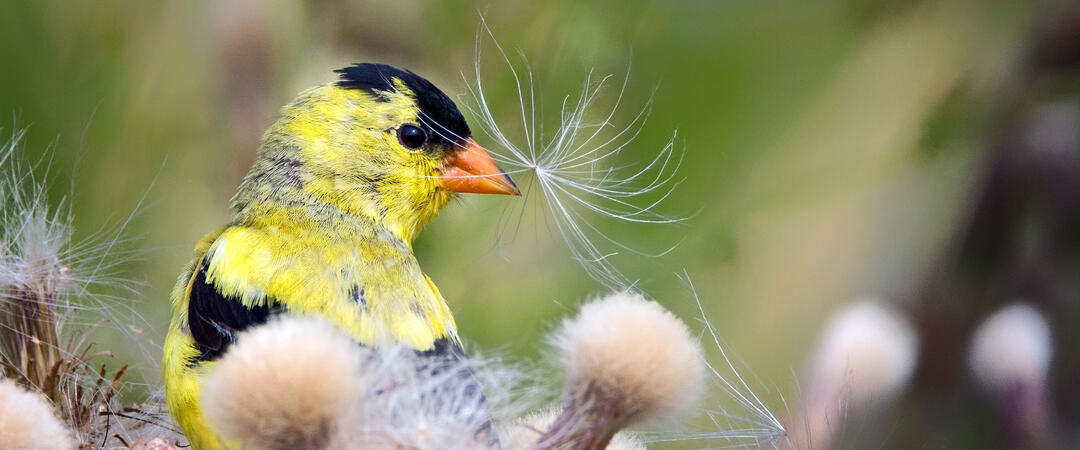Guest Blog By: David Salman, Founder & Chief Horticulturist, High Country Gardens
Planting Bulbs
There is no easier way to color up your spring garden than planting bulbs. And these bulb flowers are an important source of early-season nectar for hungry honeybees and native bees because they bloom before most other flowers! But bulbs need to be planted in the fall to give them the winter chill they need to stimulate spring blooming. So fall is the time to plant tulips, daffodils, and the many other spring bloomers.
Garden Cleanup
Resist the urge to cut all your ornamental grasses and perennial plants down to the ground in the fall. While I can understand that many gardeners call it a year by trimming back the garden before winter, it's desirable to leave herbaceous plants standing. This provides habitat for adult and larval stages of beneficial insects, butterflies, and moths that overwinter, hidden and protected, in the dead plant stems and leaves.
Many ornamental grasses and perennials have ornamental seed heads that provide both winter beauty for us and food for seed-eating songbirds. Echinacea (Purple Coneflower), Rudbeckia (Black-Eyed Susan), Ratibida (Prairie Coneflower), Echinops (Globe Thistle), Helianthemum (perennial sunflower), Big Bluestem and Little Bluestem grass (Andropogon, and Schizachyrium), Indiangrass (Sorghastrum) are just a few of the large-seeded perennials and ornamental grasses that provide nutritious seeds for birds.
Finding Places to Plant More Fall Bloomers
I'm not sure why, but fall is quite often an overlooked time of the year for landscape color. We have a huge variety of late summer and fall-blooming perennials and ornamental grass to choose from, so the fall garden can be every bit as colorful as the spring garden. Look around your yard and identify where new late summer and fall bloomers could be planted. Recognize that late-season flowers are a vitally important nectar source for bees and migrating butterflies and hummingbirds. (Your neighborhood beekeepers will thank you!)
Here are just a few of my late-season favorites for color and nectar:
• Aster (Aster)
• Golden Rod (Solidago)
• Hummingbird Mint (Agastache)
• Hummingbird Trumpet (Zauschneria)
• Joe Pye Weed (Eupatorum)
• Native Sages (Salvia and Salvia hybrids)
• Perennial sunflower (Helianthus)
• Prairie Zinnia (Zinnia grandiflora)
• Big bluestem grass (Andropogon)
• Indiangrass (Sorghastrum)
• Little bluestem grass (Schizachyrium)
• Prairie Switchgrass (Panicum)

'Blaze' is a selection of Little Bluestem grass grown for its exceptional fall color. A tall upright warm-season grass, 'Blaze' mixes in nicely with flowering perennials and its grass blades turn deep red in the fall maturing to a pink winter color. It is also a drought resistant/drought tolerant plant (xeric).
Feeding the Soil
Fall is the ideal time to revitalize your soil. Plant pull nutrients from the soil, so healthy living soil will allow your habitat-friendly plants to produce the most nutritious seeds and fruits for your garden visitors. In organic gardening, we "feed the soil to feed our plants". By applying organic and natural fertilizers like compost, Yum Yum Mix (or Yum Yum Mix Winterizer), and Planters II trace mineral mix in the fall, the soil's microbial and earthworm populations will eat these amendments and release ready-to-absorb nutrients for plants to uptake during the spring growth cycle.
Water
Make a reliable source of winter water a priority. If you have birdbaths, place a small electric heater in them to provide unfrozen water. This will draw many overwintering bird species into your yard. And don't forget to give your perennials and woody trees and shrubs deep soakings every couple of weeks, especially when it's been a warm, dry fall. Fall watering is especially important to this season's transplants. And I always give my landscape one last good soaking in early November before I shut off my drip system for the winter months.





